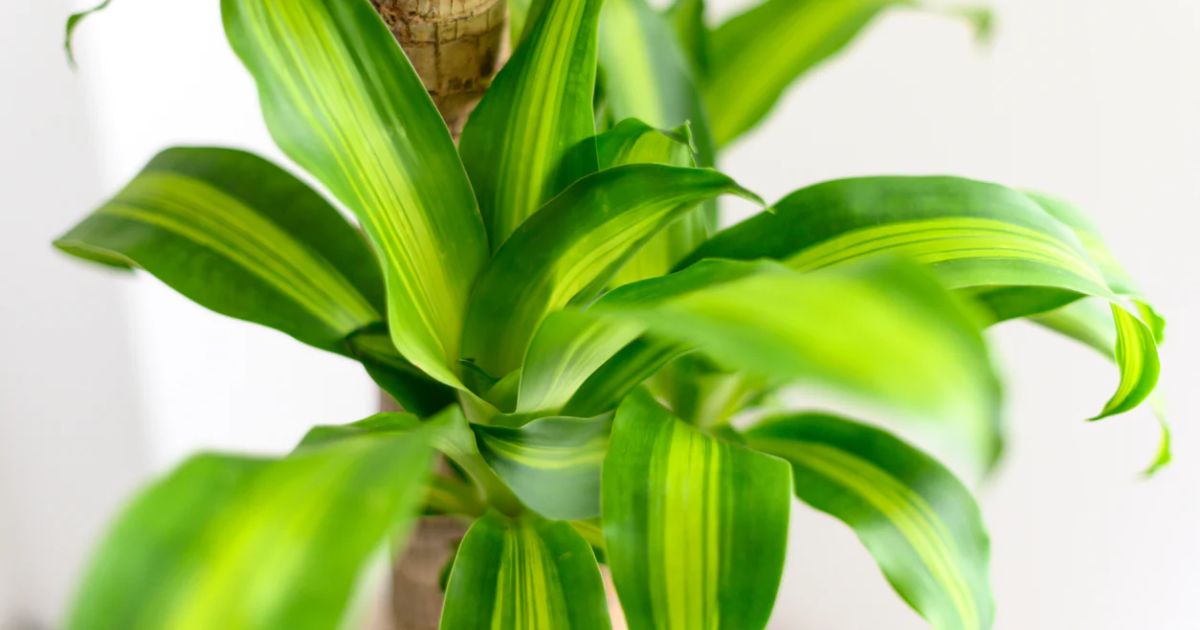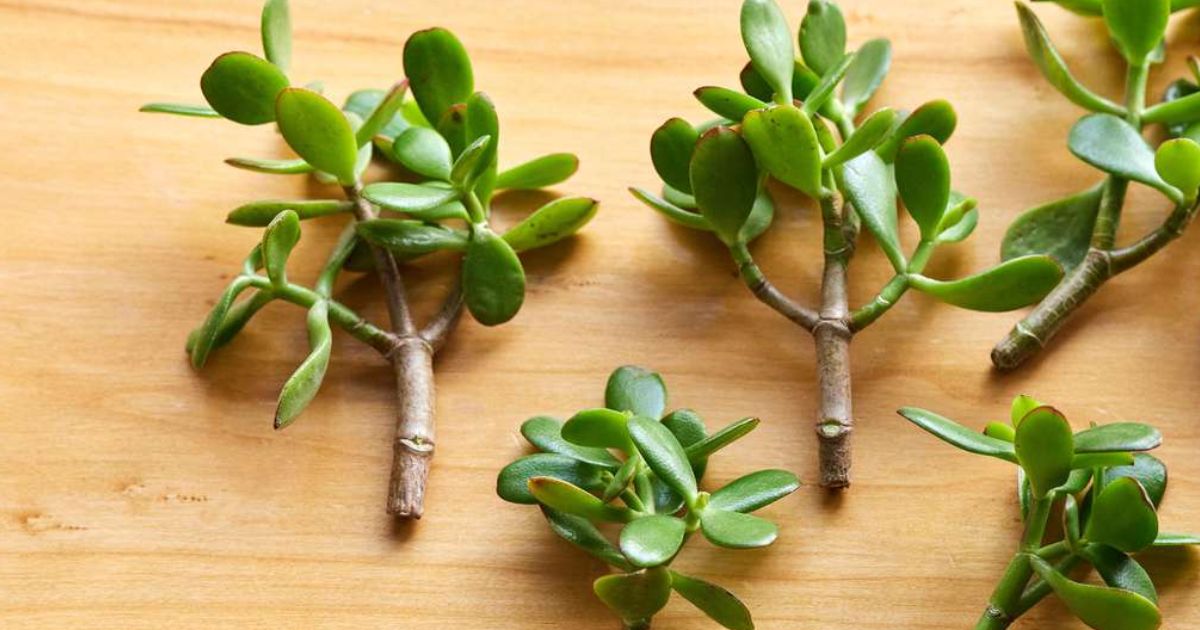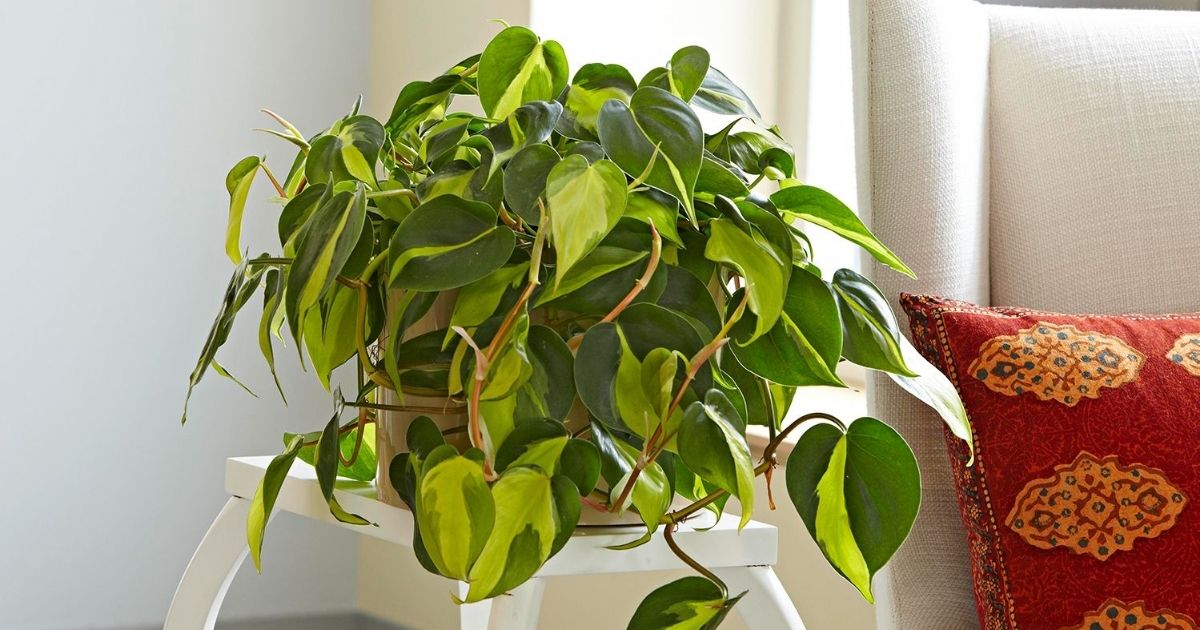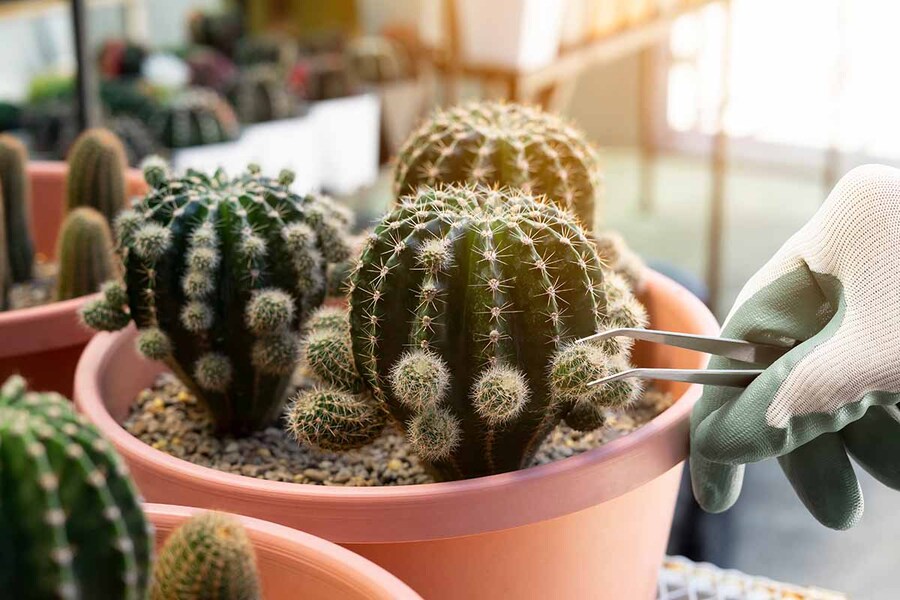PRUNING VS DE-FOLIATION
Pruning and defoliation are important techniques in indoor hydroponics that can help to optimize plant growth and increase yield. However, these techniques can also come with risks and challenges, and it's important to understand how and when to use them in order to achieve the best results. In this article, we'll discuss the basics of pruning and defoliation in indoor hydroponics, including the benefits and risks of each technique, and offer some tips for successful pruning and defoliation.
Pruning is the process of removing branches, or other plant parts in order to shape the plant or encourage new growth. In indoor hydroponics, pruning is often used to remove excess tall branches to shape the plant, or stimulate new growth. Pruning can help to improve the quality and yield of your plants by directing energy towards new growth, and it can also help to improve air circulation and light penetration in the grow room.
Defoliation, on the other hand, is the process of removing leaves from the plant. This is often done in order to improve light penetration and increase the concentration of nutrients in the remaining foliage. Defoliation can help to improve the overall health and appearance of the plant, and it can also help to increase yield by directing energy towards fruit or flower production.
So, should you prune or defoliate your plants in indoor hydroponics? The answer is not always straightforward, and it depends on your goals and the specific needs of your plants. In general, pruning is a good idea for most plants, as it can help to shape the plant and stimulate new growth. However, it's important to be mindful of the risks of over-pruning, which can lead to reduced yield and stress on the plant.
Defoliation is a more controversial technique, and it's not always recommended. The risks of defoliation include reduced photosynthesis and transpiration, as well as increased stress on the plant. These risks can be particularly significant during flowering or fruiting, as the plant is already under stress and may be less able to withstand additional stress from defoliation. However, in some cases, defoliation can be a useful tool for optimizing growth and yield, particularly in plants that are prone to excess foliage or that require more light penetration.
So, what are the best tips for successful pruning and defoliation in indoor hydroponics? Here are a few key points to consider:
To prune or defoliate or not? As mentioned above, the decision to prune or defoliate should be based on your goals and the specific needs of your plants. In general, it's a good idea to prune most plants to shape them and stimulate new growth, but be mindful of the risks of over-pruning. Defoliation is a more controversial technique, and it's important to weigh the risks and benefits before proceeding.
The risks of defoliation during flowering/fruiting: As mentioned above, defoliation can be particularly risky during flowering or fruiting, as the plant is already under stress and may be less able to withstand additional stress from defoliation. If you decide to defoliate your plants during this time, be sure to proceed with caution and minimize the amount of foliage you remove.
The best tip for pruning is to focus on the tallest branches: If you want to force lateral branches to grow and compete, the best tip for pruning is to focus on the tallest branches. By pruning the tallest branches, you can encourage the growth of lateral branches, which can help to fill out the plant and increase yield. Just be sure to leave enough foliage on the plant to support healthy growth, as removing too many leaves can reduce the plant's ability to absorb light and nutrients.
The best tip for defoliation is to only remove leaves that are covering a growing node: If you do decide to defoliate your plants, the best tip is to only remove leaves that are covering a growing node. Growing nodes are the areas of the plant where new growth occurs, and removing leaves that are covering these areas can help to improve light penetration and increase the concentration of nutrients in the remaining foliage. However, it's important not to remove too many leaves, as this can reduce the plant's ability to absorb light and nutrients and potentially stress the plant.
At Benchmark Hydroponics in Melbourne, we understand the importance of pruning and defoliation in indoor hydroponics, and we have the knowledge and expertise to help you optimize your grow operation. Our team of experts can provide guidance on the best practices for pruning and defoliation and offer solutions to help you achieve the best results. Contact us today to learn more about how we can help you succeed with indoor hydroponics.




